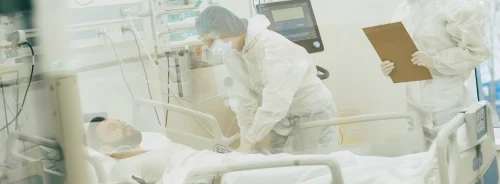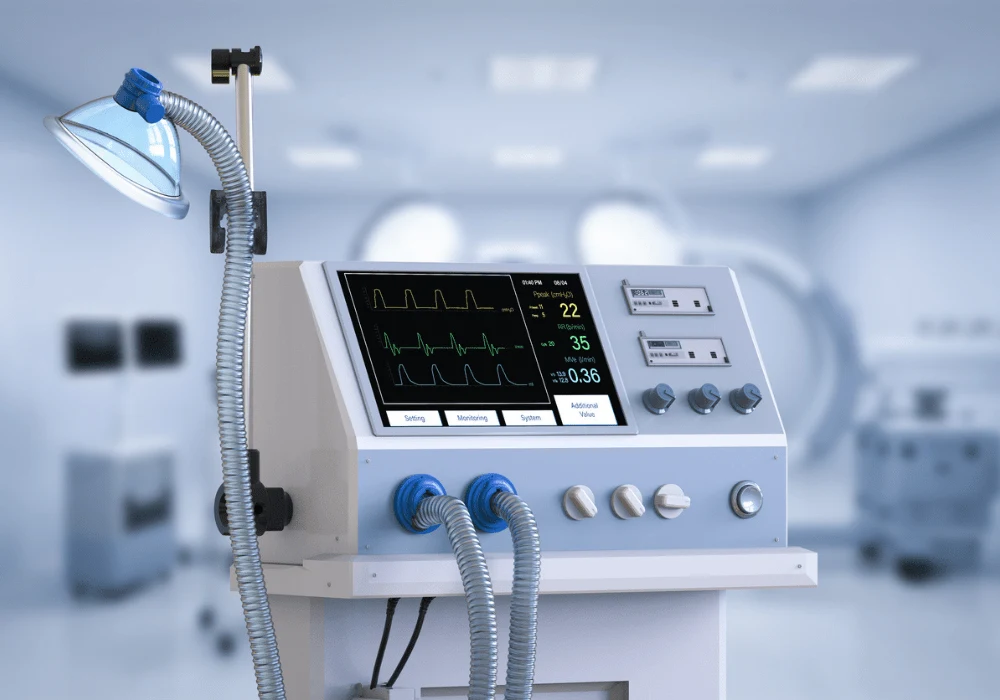The decision-making process for allocating hospital capital budgets often favours the departments with the loudest voices, but this approach does not always reflect true organisational priorities. Hospitals need a more systematic way to make capital planning decisions that optimise both budget and patient care. Predictive Replacement Planning (PRP) offers a data-driven approach to achieve these goals. By predicting when equipment will need to be replaced and providing insights into standardisation and cost efficiency, PRP helps hospitals save money, improve patient care, and enhance long-term planning.
The Power of Predictive Replacement Planning
PRP is a service designed to assist hospitals in predicting when medical equipment is approaching the end of its useful life. This forward-looking model considers 12 different factors, including device age, usage frequency, failure rates, and technological advancements, to forecast the optimal time for equipment replacement. Unlike traditional, reactive approaches, which often rely on anecdotal feedback from department heads, PRP provides objective data to support better decision-making.
One of the most significant benefits of PRP is its ability to develop a 10-year roadmap for capital expenditures. This long-term planning horizon helps hospital leadership anticipate and allocate resources efficiently. PRP’s projections not only reduce the likelihood of unexpected equipment failures but also provide substantial savings. Hospitals can see a return on investment of up to 10 times the cost of the service, making it a financially sound decision.
Standardising Equipment for Cost Savings
One area where PRP shines is in standardising equipment across multiple facilities or within a single hospital. A recent example was a 10-hospital system that used PRP to streamline its equipment inventory. In this case, PRP experts identified significant redundancies and inefficiencies across various medical devices, such as ventilators, ultrasound systems, and hospital beds.
By recommending a standardisation process—such as reducing the number of vendors from five to two for critical care ventilators—the PRP team was able to project savings of $1.5 million over the next 10 years. Similarly, standardising ultrasound systems across the hospital system was estimated to save $700,000, while consolidating hospital bed vendors could result in $3.6 million in savings. These changes lower costs and improve operational efficiencies, as hospital staff becomes more familiar with fewer equipment models, reducing training time and minimising operational errors.
Enhancing Patient Care through Proactive Management
Predictive Replacement Planning doesn’t just help hospitals save money—it also plays a critical role in improving patient care. Medical devices are central to healthcare delivery, and their reliability is paramount. PRP’s data-driven approach allows hospitals to schedule replacements before equipment becomes unreliable or outdated. By proactively managing equipment lifecycles, hospitals can avoid costly downtime, equipment malfunctions, and potential risks to patient safety.
For instance, an ageing ventilator may work today but could fail tomorrow, jeopardising patient outcomes. PRP can identify such risks well in advance, allowing hospitals to plan replacements and avoid last-minute failures that could impact patient care. Moreover, by integrating the latest medical technologies, hospitals can ensure that their staff works with the most effective and efficient equipment, further enhancing patient care quality.
Streamlining Recall Management and Compliance
Product recalls are a reality in any healthcare system, and when medical equipment is recalled, it can lead to significant disruption. PRP helps hospitals prepare for these situations by ensuring that replacement equipment is available and ready for use. Hospitals that lack a proactive replacement plan may struggle to find suitable alternatives quickly, putting patient care at risk and potentially causing revenue losses if patients must be referred to other facilities.
With PRP in place, hospitals can manage recalls effectively, ensuring that patient care remains uninterrupted. By clearly understanding which equipment is approaching the end of its lifecycle, hospitals can expedite the recall process and minimise the operational challenges posed by outdated or faulty devices. This system ensures that hospitals maintain compliance with regulatory standards while safeguarding the well-being of their patients.
Conclusion
Predictive Replacement Planning is a powerful tool that enables hospitals to optimise their capital budgets, improve patient care, and reduce costs. By offering data-driven insights into when medical equipment should be replaced, PRP helps healthcare organisations develop long-term asset management strategies. Hospitals can save millions through equipment standardisation, proactive replacement planning, and streamlined recall management. Most importantly, PRP ensures that hospitals continue to provide their patients with the highest quality of care while maintaining financial stability. Predictive Replacement Planning is a worthwhile investment for any healthcare organisation looking to improve its capital planning and equipment management.
Source: ECRI
Image Credit: iStock






